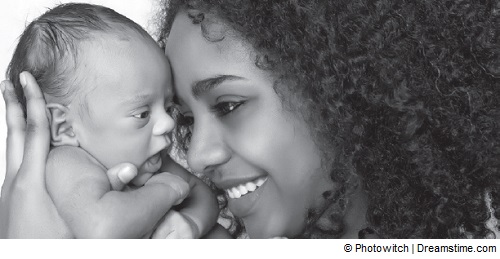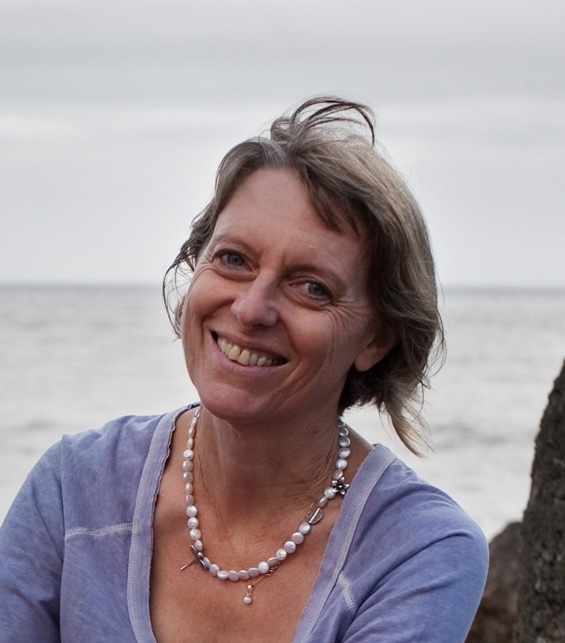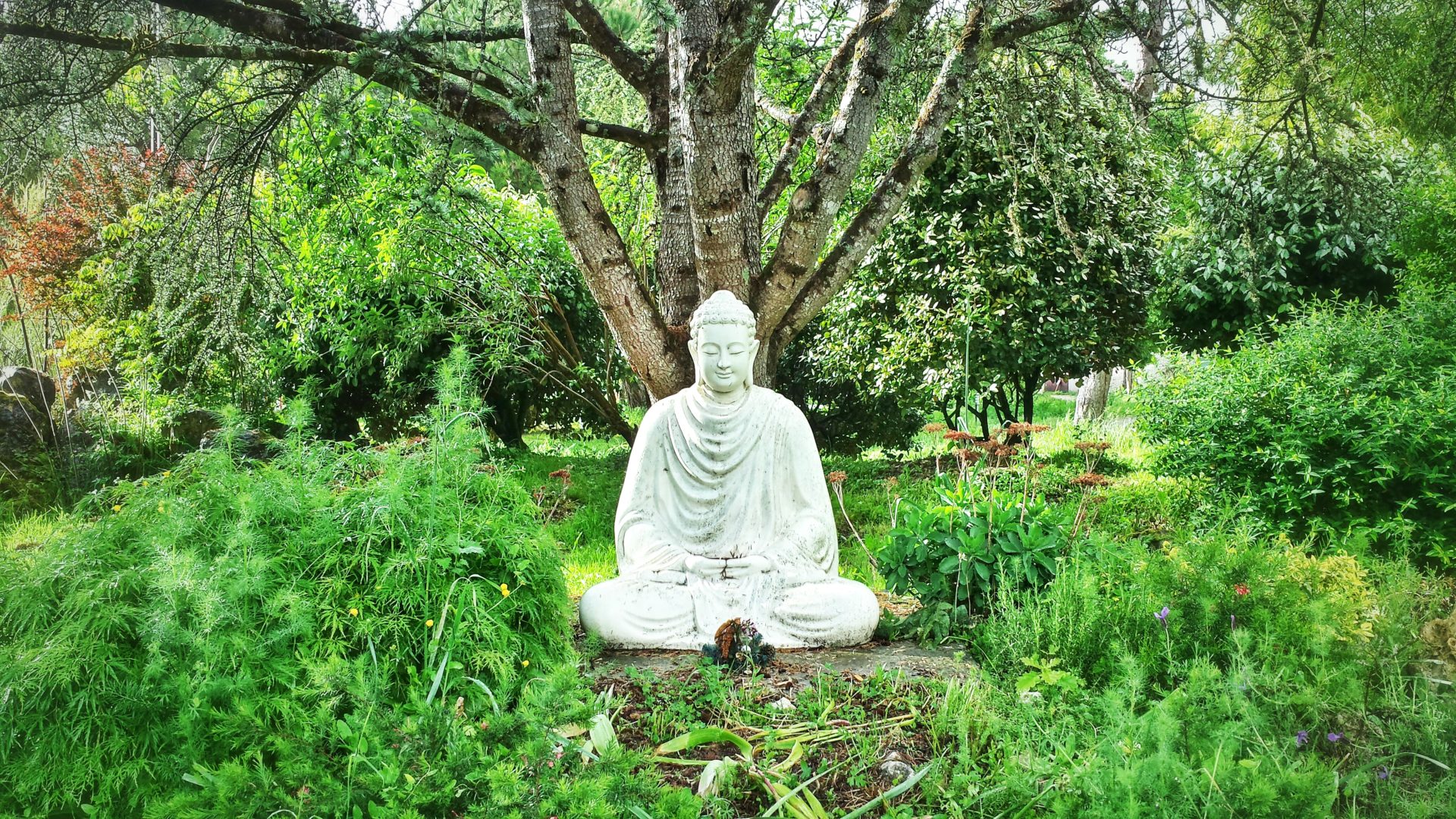
By Robyn Sheldon
Romy made just the tiniest one-second greeting when she was born, a sweet cooing sound, and then she snuggled onto her mother’s tummy, into that soft bowl that minutes before had been a tautly stretched pregnant belly. She snuffled on her hand and gazed around the room in what seemed like awe. She looked at me, at the midwife, at the walls, but most of all at her parents.

By Robyn Sheldon
Romy made just the tiniest one-second greeting when she was born, a sweet cooing sound, and then she snuggled onto her mother’s tummy, into that soft bowl that minutes before had been a tautly stretched pregnant belly. She snuffled on her hand and gazed around the room in what seemed like awe. She looked at me, at the midwife, at the walls, but most of all at her parents. She listened to their soft murmurings as they smiled and welcomed her into their world. For a full hour she remained alert and silent as she happily squirmed her way up from Anna’s belly to find her own way to the breast. Finally she fell into a contented slumber with her mother’s nipple resting gently in her mouth.
Anna and I had done a few Soul Integration sessions for helping her develop a deeper connection to Romy whilst she was still in the womb. During the sessions parents employ active imagination whilst in a relaxed state of consciousness, to build an intimate bond with their babies. I was also present as a doula1 at Anna’s labor to remind her that she and Romy were undertaking this journey together.
Anna wrote to me ten days after the birth. “During my active labour I was able to hold the connection with my little girl because I had such a clear open connection. My whole labour experience felt rural, natural, and very intense. I didn’t question anything in my mind that is otherwise very quick in having that little doubting question waiting somewhere. It felt like I was empowered through the session and work I had done to trust in the process and to trust in my unborn child that we are doing this journey together.… It was like a firework in every cell of my body when she arrived and she was lying completely relaxed on me, and our skin touched and our eyes met. It was completely calm. And she really felt safe to take her time to see, to feel and to take a breath. Meanwhile I had the feeling that our soul connection was like a roller coaster of neurons sharing love, joy, and life, and all sorts of other information that I can’t put into words, as it feels like something that one can’t put into words.”
At the First Dawn
Yet this is not the way that many babies are allowed to experience birth. Nils Bergman is a doctor who specializes in doing research on Kangaroo Mother Care, a method of caring for newborns, and on the immense psychological impact that those fi few hours after birth have on a newborn’s psyche. He explains what happens on a neuro-physiological level to a baby that does not develop this connection to its mother, usually because it has been physically removed from her:
When mother is absent, the newborn brain feels unsafe, it perceives danger and threat to life, and its basic needs are not provided. The brain kicks in a powerful defense reaction, which first makes a short burst of crying before shutting that down and lowering heart rate and temperature, and then shuts down all activity, reverting to the immobilization defense, similar to that of frogs and reptiles. This looks like sleep! But it is not, and it is maintained by high levels of cortisol (the stress hormone).
Mother’s presence is necessary for the baby to feel SAFE … her absence is UNSAFE. …There is an immediate reaction of crying, or protest, that signals to the mother, “rescue me, pick me up, save me.” When this does not happen, a deeper survival mechanism kicks in, based on the logic that the mother who does NOT pick up the baby is probably in greater danger herself … and so crying is endangering the mother and the baby, so baby stops crying. This defense response has many names, but “freeze” is often used to describe the high arousal state with immobilization. It cannot be maintained for long, because it lowers the heart rate, so the next stage is called “dissociation,” the baby tunes out and disconnects … This can be kept up much longer … until it is safe for mother to pick the baby up again. But the end result is (higher anxiety and) … more difficulty in self-regulation.
There may also be long-term harm to the emotional and social intelligence. The baby quickly learns that not even mother can be trusted to meet its needs, the capacity to trust and to love is compromised. Emotional and social intelligence can be profoundly impacted. Obviously, not all separated children become asocial psychopaths … but that our modern social fabric is fraying at the edges is evident by high teenage pregnancy, high divorce rates, and loss of the nuclear family.2
One cannot help but question what kind of societal impact this has on our communities, when almost no one is being trained in awareness of the newborn’s highly receptive psyche at birth. It is rare in our clinical hospitals, which have done so much good in lowering infant and maternal mortality, to find doctors and midwives who are deeply conscious of the impact that birth has on the infant’s hugely sensitive psyche, or for the birth team to dim the lights, lower their voices, or to focus on the importance of the first “golden hour” after birth for helping the baby feel welcomed and safe.
Frederick Leboyer, author of Birth without Violence, gives wonderful advice on how to remain emotionally open and aware through all of the magnificent turbulence of birth. He writes:
Learn to respect this sacred moment of birth,
as fragile, as fleeting, as elusive as dawn. …
The child is there, hesitant, tentative …
Let him be.
Just wait.
This child is awakening
for the very first time.
This is his first dawn.
Allow him its grandeur, its majesty.
Don’t even stir until he leaves behind
the night and its kingdom of dreams.
Source of Disconnection
Babies learn about who they are and how they fit into the world by “tuning in” to the overtones and undertones in the atmosphere created by their parents and caregivers. Often parents, despite loving their babies deeply, allow for the hospital staff to take them away and interfere with bonding because it is the “way things are done here.” Babies are cleaned up, wrapped up, and placed nicely out of the way in nurseries, whilst the birth team are efficiently clearing up the messiness of the mother and of the birth to make space for the next arrival, almost as if babies come in on conveyor belts.
When we are forced to shut down emotionally to protect our tender hearts at birth, we become defensive, and a natural human reaction to defensiveness is hostility.
Michel Odent is an internationally acclaimed author, a doctor, an endocrinologist, and a natural birth advocate. In his book The Scientification of Love, he wonders “whether violence at birth contributes to a violent society.” Perhaps our uncaring protocols of removing the baby from the parents immediately after birth, and of not noticing its sensitivity, might be a foundation for the harmful manner in which we treat one another and our Earth.
The lack of care we show for our planet comes from a source of deep disconnection. We disconnect from the Oneness consciousness out of which we all emerge (consider how, at birth, a baby doesn’t know that his mother is not him until she is physically or emotionally removed from him). And we disconnect from the other beings around us, including the planet, when we allow our left brains to take on an authoritarian role over the more intuitive right brain (usually at about two years old when we start having tantrums). The left brain creates the orderliness and structure that help keep us feeling we have some sort of control over this haphazard and unreliable world we live in.
Even when we are giving birth to new life, or leaving life at death, we fight desperately to maintain control. Childbirth is a time when controlling our surroundings and attempting to force the intensity of the experience into something manageable illustrate how important letting go is to the business of living well. The more we resist and fight and fear the labour, the more it hurts. The more we soften and open to the experience, the more magnificent it becomes.
Trusting in Tenderness
When a client, Krista, was in early labour and her contractions were mild, she was experiencing such intense pain that she was weeping and desperate for pain relief. Once she let go and allowed the sensation to be there, she relaxed with deep breathing and found some trust in her body. As she did so, her experience shifted dramatically; the contractions grew strong and powerful whilst she grew soft and wild and open. She murmured that labour was easy and she could continue for a long time. Half an hour later, her baby was born. Labour is no different than life, only more intense, and the same skills that enable us to be fully present without resistance in labour assist us to be fully present without resistance in our everyday experience. Settling into that place of stillness within allows for transformation. Trusting and letting go, we become wiser and more loving.
The tendency to remain in control at all costs is impacting severely on our societies and the Earth. We impose order on the land with monoculture and fertilizers and pesticides. We plunder our mineral resources to maintain the machinery of civilized society. We live in boxes with no access to the vibrant life force of nature because it is too unruly. This managing of our planet is becoming too much for it to bear. We all know that it is in deep distress.
The resolution of this crisis has to lie deep within our own psyches. We cannot respond to the pain of the Earth until we can tune in to the interbeing between us. In order to heal our psyches, we must return all the way back to the beginning, to the way we give birth and parent our children, before they have closed themselves down in defensiveness. Unless we can hold our own wounded little inner child or baby self with tenderness and deep listening, we will be unable to overcome our defenses that create separation and hostility. As long as we remain defensive, we remain separate from the unifying consciousness from which we emerged. The only real way to take care of the Earth is to recognize that on a cellular and spiritual level, she is not separate from us.
It is time to start listening.
1 A doula is a professional non-medical person attending to the continuous emotional support of a woman in labour. Through soothing, reassuring, listening, and building confidence, a doula creates a safe space, which decreases the pain experienced.
2 For more information, visit: kangaroomothercare.com

Robyn Sheldon is a Soul Integration specialist, connecting individuals to their innermost resources. She lives in South Africa. The Soul Integration work around the birthing process is captured in her book, The Mama Bamba Way, which describes Robyn’s birthing philosophies and brings her practice to thousands of parents across the world.

